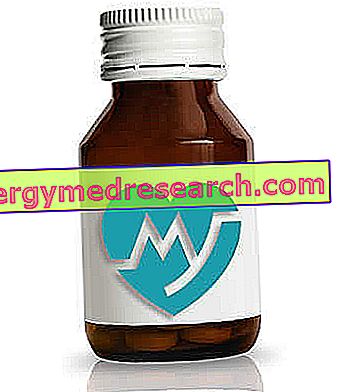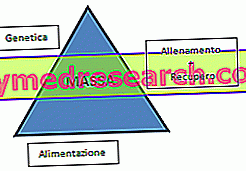
Horny layer, TEWL and dehydration
At the level of the stratum corneum, the free water evaporates with a mechanism called Trans Epidermal Water Loss (TEWL) or "perspiratio Insensibilis", which consists in the constant and imperceptible evaporation of water at the level of the outer layer of the epidermis.
This loss of water, together with the secretion of the eccrine sweat glands, is responsible for the body's thermal homeostasis.

The stratum corneum of the skin is apparently only an arid structure. In reality its water content is quite high: in normal conditions it is between 20 and 35%. It has been shown that the water is not evenly distributed within the stratum corneum, but there is a water concentration gradient. In the central part, the concentration is between 57 and 87%, and is more abundant, therefore, than the upper and lower layers. Moreover, it has been observed that the ability to absorb water by the horny is better when it is hydrated than when it is dry.1 The availability of water in the stratum corneum is considered an essential factor for the barrier function and good skin health .2
Water, together with proteins and lipids, gives the horny layer characteristics of softness, flexibility and elasticity, necessary to give it the opportunity to adapt to the movements of muscles and joints. When the state of hydration of the stratum corneum falls below 20%, the skin surface becomes dry and rough, its elasticity is clearly reduced and a process of desquamation and cracking is observed.
Role of proteins and lipids
The state of hydration is regulated by substances present in the corneocytes, capable of binding water, and by the quality of the lipids present. 35-38% of the water contained in the stratum corneum is bound to the membrane proteins of the corneocytes and to the interlamellar lipids, the remaining part is in free form.
The most important proteins present in the stratum corneum are represented by keratin, involucrin, filaggrin and loricrine: they contribute to forming the skeleton of the corneocytes and have the ability to bind water molecules. It is now clear, however, that the main factors responsible for the barrier effect of the stratum corneum (selective permeability) are the lipids that compose it.
The lipids of the stratum corneum are essential to retain the right amount of water in the skin and to regulate the TEWL (barrier effect). In particular, linoleic acid plays a key role in the synthesis of barrier lipids: in animals subjected to a diet lacking essential amino acids, an alteration of the lipid structure of the stratum corneum has been observed. Furthermore, human studies have shown that atopic dermatitis is associated with a significant decrease in total lipids (in particular of ceramides).
Causes of dehydration of the skin
The hydration level of the skin is a function of humidity, of the hygroscopic properties of the stratum corneum and of the presence of naturally moisturizing factors, in the absence of which the phenomenon of skin dryness is established. In addition to age and genetic predisposition, external factors can cause more or less marked states of skin dehydration. The main factors of dehydration are of the chemical type (for example, the solvent and delipidizing action linked to the repeated application of surfactants) or linked to climatic and environmental aggressions: wind, cold and relative humidity in the environment, when they intervene separately or together, cause dehydration of the horny state with the formation of dry, rough, flaky, chapped skin. Even prolonged contact with water, despite the protection of the sebaceous-sweating film, causes impoverishment in NMF. In fact, a topical application of water alone causes stress on the whole stratum corneum which causes an alteration of the barrier function.2



